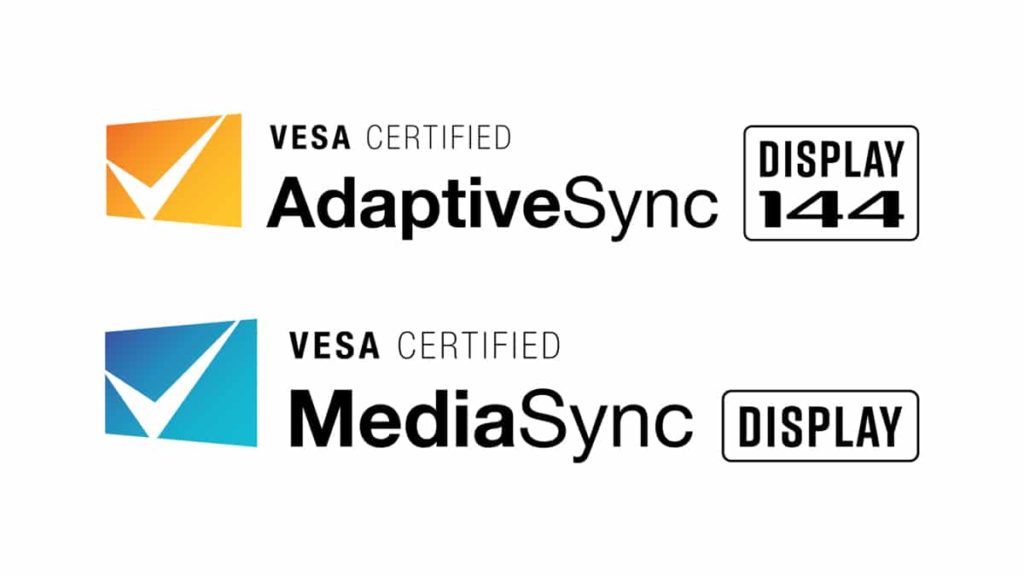
VESA has launched a new open standard and logo program that will allow consumers to more easily compare the variable refresh rate performance of PC monitors and laptop displays supporting the VESA Adaptive-Sync protocol and whether the devices were designed with gaming or media playback in mind. The program consists of two performance tiers, AdaptiveSync Display and MediaSync Display, the latter of which will bless displays aimed at jitter-free media playback. VESA’s new Adaptive-Sync Display Compliance Test Specification (Adaptive-Sync Display CTS) features a set of more than 50 test criteria.
VESA LAUNCHES INDUSTRY’S FIRST OPEN STANDARD AND LOGO PROGRAM FOR PC MONITOR AND LAPTOP DISPLAY VARIABLE REFRESH RATE PERFORMANCE FOR GAMING AND MEDIA PLAYBACK (VESA)
The VESA Adaptive-Sync Display CTS includes more than 50 automated display performance tests covering several key variables, including refresh rate, flicker, gray-to-gray response time (including limits on overshoot and undershoot to ensure high-quality images), video frame drop, and video frame rate jitter. As required by the VESA Adaptive-Sync Display CTS, all displays must be tested in the factory shipping state or default factory mode configuration, as well as tested in ambient room temperature, in order to ensure the display is evaluated and certified under realistic user conditions. In addition, all displays that meet the requirements for VESA AdaptiveSync Display and MediaSync Display logo certification must also be tested and certified to VESA’s DisplayPort standard. The majority of desktop and laptop GPUs introduced within the last two years are capable of supporting VESA’s Adaptive-Sync protocols. VESA encourages consumers to check with their GPU vendor to verify that their GPU and software driver enables Adaptive-Sync operations with VESA Certified AdaptiveSync Display and MediaSync Display products by default.
The VESA Certified AdaptiveSync Display logo features a performance tier, which includes a value indicating the maximum video frame rate that is achievable for Adaptive-Sync operation tested at the display’s factory default settings at native resolution (e.g., AdaptiveSync Display 144 or 240). For the VESA Certified MediaSync Display logo, there is no performance tier since the emphasis of product certification for this logo is on the absence of display jitter rather than high frame rate. Display vendors wishing to participate in the VESA Certified AdaptiveSync Display or MediaSync Display logo program can send their products for testing at any of VESA’s approved Authorized Test Centers (ATCs).
VESA’s new initiative is the latest in a long line of similar programs for identifying a display’s feature set and ranking their performance. One of the first that comes to mind is probably DisplayHDR, VESA’s certification program for confirming a monitor’s level of HDR performance. Its scale ranges from DisplayHDR 400 to various True Black levels, the latter of which is usually reserved for OLED displays.
